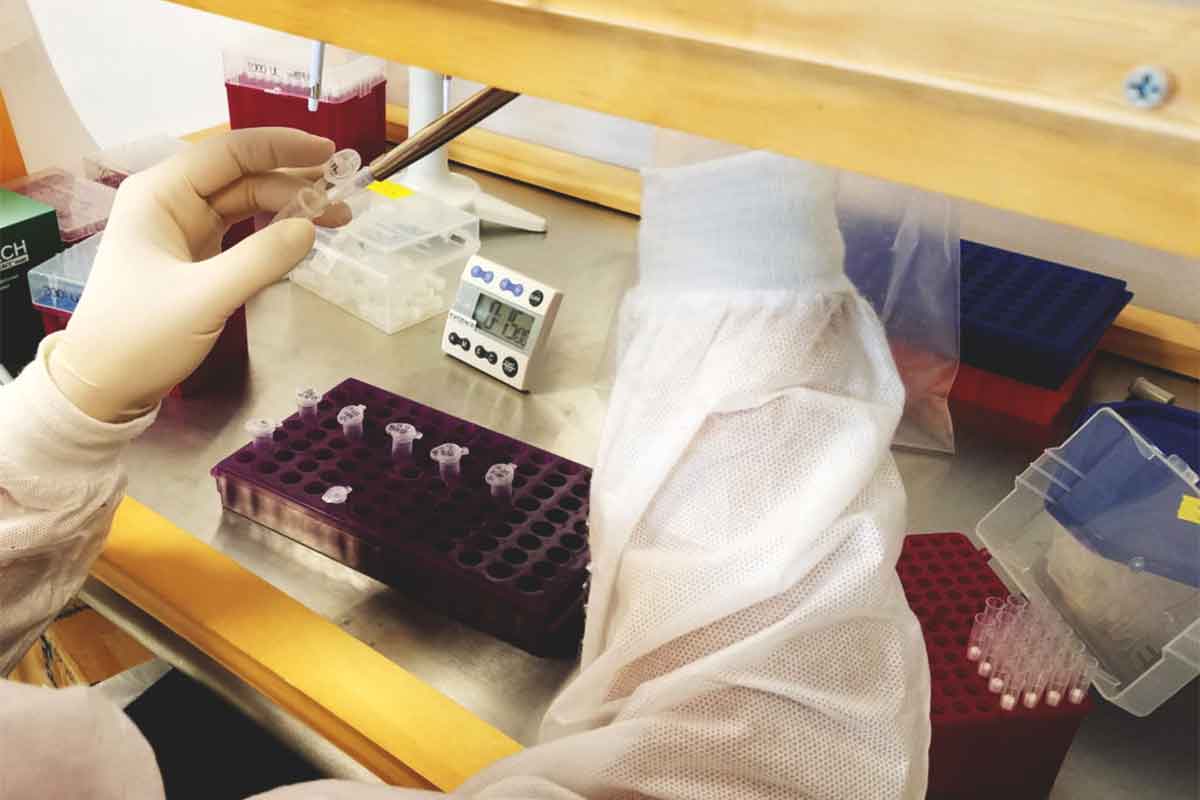
Postmortem identification of spermatozoa on human skin based on fluorescent monoclonal antibody method
By IFI Team | Posted on:
A recent study revealed that the spermatozoa identifiability was up to 110 days based on Sperm Hy-Liter™ and fluorescent microscope, while it was up to 12 days via using hematoxylin/eosin and light microscope.
Paper Abstract
The Paper abstract can be found by clicking on the following link:
https://www.termedia.pl/,82,31006,0,1.html
Identification of semen residues has relevant consequences, especially for what concerns the ascertainment of possible sexual assault. Forensic scientists usually focus on the vaginal swab for semen detection despite the importance of semen deposition on the skin. Postmortem identification of spermatozoa on putrefied human skin is still under investigation. Sperm Hy-Liter™ is an antibody technique, used to identify human spermatozoa heads in forensic stains. This approach has the potential to eliminate spermatozoa visualization problems in a traditional method. Therefore, the present study aimed to compare between the traditional method (light microscope and staining via hematoxylin/eosin) and a fluorescence-based method (by using fluorescent microscope and staining via Sperm Hy-Liter™) for postmortem identification of spermatozoa on human skin at different time intervals. A piece of human skin was divided into three strips; the first was a negative control while semen was spread on the second and third skin strips. The first (control) and second groups were stained by hematoxylin/eosin for light microscopic examinations. The third group was stained by Sperm Hy-Liter™ then examined under fluorescent microscope. The results revealed that the spermatozoa identifiability was up to 110 days based on Sperm Hy-Liter™ and fluorescent microscope, while it was up to 12 days via using hematoxylin/eosin and light microscope. Further studies are recommended in order to verify not only the accuracy of the used method on skin of dead victims but also to evaluate persistence of spermatozoa on different body sites and fabrics.